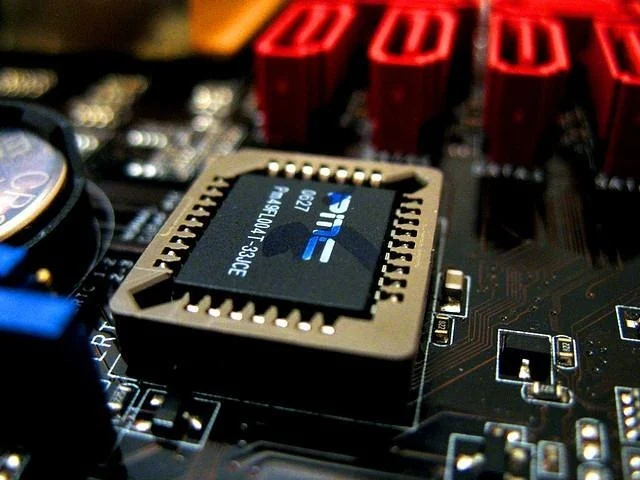
What is BIOS?
Computer BIOS is an integral part of the computer system. BIOS is a type of firmware of a PC and is used during the booting process (start-up) process of the PC.
This is the first software to be started when the PC is on. While loading the operating system, the BIOS identifies and configures all the hardware of the computer such as RAM, processor, keyboard, mouse, hard drive, etc. and only then the operating system is loaded in the computer memory.
BIOS Meaning in English:
Its ital is Basic Input Output System.
BIOS Definition in English:
BIOS This term is an abbreviation for the Basic Input Output System. It is built-in software that determines what a computer can do without accessing programs from the disk.
The BIOS is an important part of any computer system. For example, on a personal computer (PC), the BIOS contains the code required to control the keyboard, display screen, disk drive, serial communications, and many different functions.
Where is the BIOS located?
The BIOS software stores non-volatile ROM chips on the motherboard. But this ROM is EEPROM (Electrically Erasable and Programmable Read-Only Memory), meaning store BIOS can be updated or rewritten.
Complementary metal-oxide-semiconductor (CMOS) has all the settings of the BIOS store. This CMOS chip gets power from the battery and when this battery is removed and re-connected all the CMOS settings become the default.
BIOS Functions:
The main function of BIOS is to boot the operating system on the PC.
When the computer is on, the BIOS does many things. This is the general sequence of:
➤Checking CMOS Setup for Custom Settings |
➤Loading interrupts handlers and device drivers.
➤Performing Power-on self-test (POST).
➤Display system settings.
➤Deciding which devices can be booted.
How do I access BIOS?
After the PC is turned on, press F2, F12, Delete or Esc immediately. The BIOS is different in every PC and it varies depending on the manufacturer. Bios All Motherboard Key
Configuring BIOS:
In the above method, when the setting of the BIOS is opened, and there are several sets of text screens showing many options. Some of these are standard and others change with the BIOS manufacturer. BIOS setup utility screen is usually divided into five tabs Main, Advanced, Power, Boot and Exit and each tab has different options.
If you are changing the BIOS settings, do it carefully. Use the tabs and arrow keys to navigate. Use the page up and page down keys to change the value of the required item. Finally, press F10 to save and exit these changes.
How to Update BIOS:
The BIOS is the most critical part of a PC. So only update the BIOS if necessary, as it is a complicated process and if an error occurs in it, then it will make your computer unobtrusive. Updating the BIOS often resolves several issues. To update the BIOS follow these steps -
1) Check the version of your BIOS in Windows:
There are several ways to detect the BIOS version of a computer's motherboard.
i) Restart your computer and go to BIOS. Inside the BIOS, you will find the version of BIOS used by your computer's motherboard.
ii) Press Win + R key - type "Msinfo32" in the search bar and click Ok. This will open System Information Windows. In it, you will see the version of BIOS.
iii) In the command prompt, "systeminfo | type findstr / I / c: bios"
2) Check if there are any updates of BIOS available:
After you get the version of BIOS used by your computer's motherboard, now is the time to find out the updated version is available. If your PC is branded, do a search on your computer manufacturer's web site and if the PC is not branded, search for updates on the motherboard manufacturer's site. And then download the correct BIOS update file.
3) Read the document:
Before updating the BIOS, you should read the update's documentation file carefully to prevent your PC from becoming unobtainable.
4) Update your BIOS:
To update the BIOS, quit all programs and run the exe file. This will reboot the PC after the install corner and update the BIOS.
Note: Most BIOS update programs include a backup option for their current BIOS version. If such a feature is available, back up your existing BIOS version before updating.
